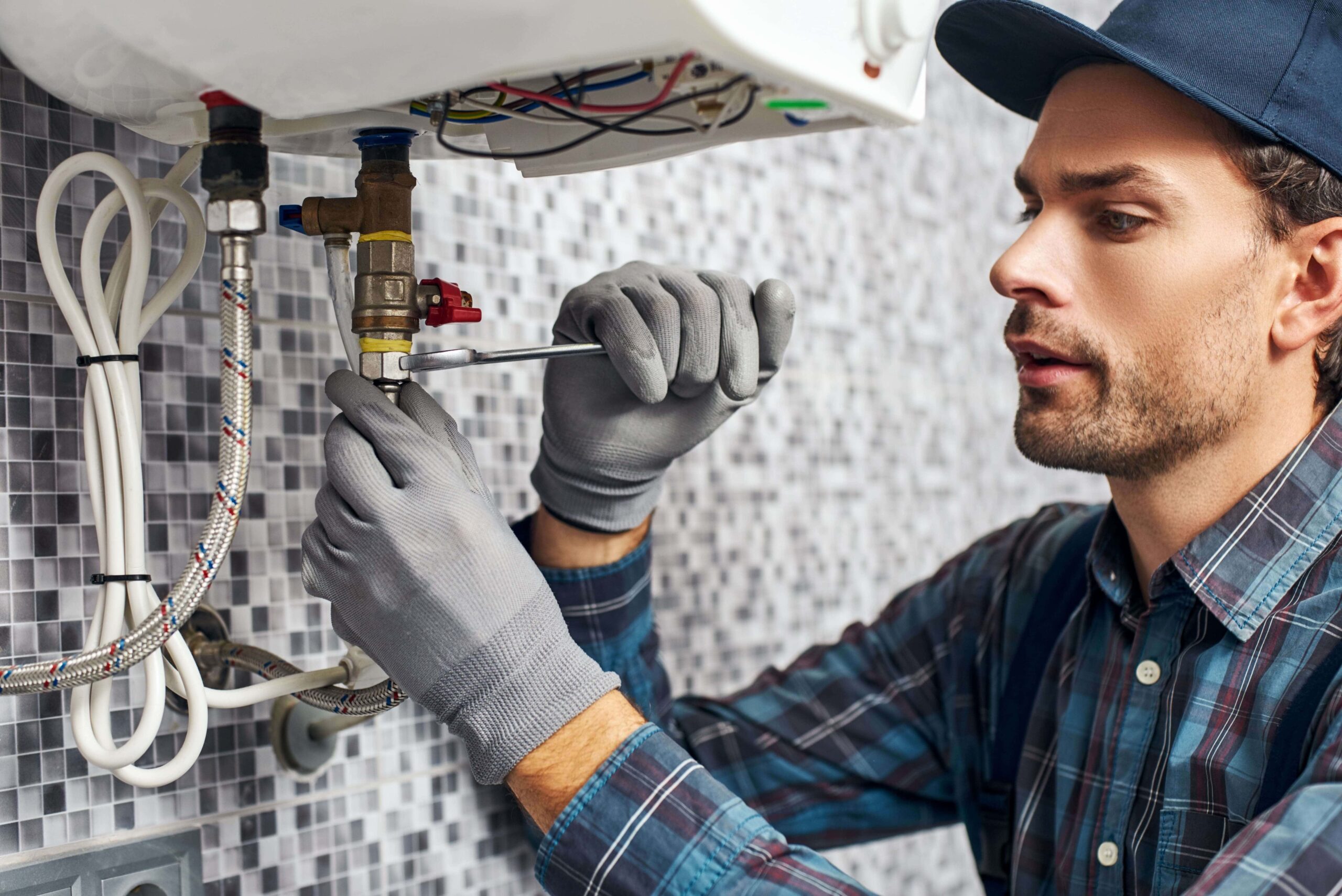
If you have found yourself asking, “What is PAT Testing?” you have come to the right place. Here at Kiasu Workforce, we are pleased to present a comprehensive guide to PAT testing. Starting with the answer to your burning question.
Portable Appliance Testing (PAT) is the periodic inspection of electrical equipment to identify defects. You’ve probably seen one of those little green stickers on a toaster, kettle, washing machine or tumble dryer. It means the appliance has undergone electrical testing and is safe to use. These stickers are commonplace in our day-to-day lives and ensure the public’s safety while using electrical appliances.
But sometimes, knowing the definition of PAT testing is not enough, so here is some more information to ensure you’re fully informed on the importance of PAT testing.
Is PAT Testing a legal requirement?
By law, electrical appliances in business premises must be safe for use (as per the HSE’s Electricity at Work Regulations 1989). PAT testing allows businesses to comply with this legal requirement.
There is no legal requirement to carry out PAT inspections at home. Still, it’s always worth keeping electrical safety in mind.
There are seven categories of appliances that should be considered for PAT testing:
- Fixed equipment
- Stationary equipment
- IT equipment
- Moveable appliances
- Portable appliances
- Cables & chargers
- Handheld appliances
What is the difference between movable and portable appliances?
In this case, “moveable” means something which plugs into a socket and can be unplugged and moved around easily. “Portable” means something designed for use on the go.
Traditional vs visual examination methods
Most defects can be found through visual examination methods, but some types can only be found by testing. Visual examinations are still necessary because some types of electrical safety defects can’t be detected through traditional testing methods.
Visual inspection and testing by a competent person may be required, depending upon the type of equipment and the environment in which it is used.
How frequently do I need to test my electrical appliances?
Most people do not know how often PAT Testing should be done. Some appliances must be tested more often, such as well-used, often knocked or easily damaged appliances. It is recommended that risk assessments are carried out regularly to determine how frequently each appliance should be tested and the type of test needed.
The frequency of inspection and testing depends upon the type of equipment and the environment it is used in. For example, a power tool used on a construction site should be examined more frequently than a lamp in a hotel bedroom.
A record and labelling can be useful management tools for monitoring and reviewing the effectiveness of the maintenance scheme and for demonstrating that a scheme exists.
New equipment should be supplied in a safe condition and not require a formal portable appliance inspection or test. A simple visual check will verify the item is free of damage.
What are the classes of electrical equipment?
Electrical appliances are generally categorised as classes 1, 2 or 3, with Class 1 being the most dangerous and Class 3 the least dangerous. Class 1 appliances need a full PAT inspection, Class 2 appliances need an insulation test, and Class 3 appliances are safe enough not to require testing. However, a visual test may be carried out.
Class 1 Appliances
This type of electrical equipment has only basic insulation and relies on an earth for protection. Examples include washing machines, tumble dryers, computers, kitchen equipment and extension leads.
Class 2 Appliances
This type of electrical equipment has extra insulation. It doesn’t rely on an earth for protection, which makes it safer. E.g. lawnmowers, televisions, drills, hairdryers and lamps.
Class 3 Appliances
Class 3 appliances, such as laptops, torches and cameras, are the safest class of electrical appliances due to the low voltages involved. Their charging leads may require tests.
How is Portable Appliance Testing carried out?
Many people do not know how to PAT Test. Those carrying out PAT testing do require a level of knowledge and experience. The right equipment is also necessary, as is the ability to understand the test results properly.
Testing required depends on the type of appliance. The electrician must carry out risk assessments to ensure equipment can be tested safely.
Another important consideration in ensuring the user’s safety is the order in which these tests are carried out. The sequence should always be:
- Earth continuity test
- Insulation resistance test
- Protective conductor/touch current test or alternative/substitute leakage test
- Functional Check
An insulation test should always come before attempting any tests which involve applying mains power to the equipment under test. It may detect a dangerous insulation failure.
The recommendations given by the IET Code of Practice for In-Service Testing of Electrical Equipment are as follows:
Class I Appliances
- Earth continuity test
- Insulation resistance test or protective conductor current test, or alternative/substitute leakage test
- Functional checks
Class II Appliances
- Insulation resistance test or touch current test, or alternative/substitute leakage test
- Functional checks
How Much Does PAT Testing Cost?
The cost of PAT testing depends primarily on the number of electrical items that will need to be tested in the workplace. A PAT Test also needs to be carried out to the highest standard to ensure the safety of people in the workplace, so it can be time-consuming.
Prices can vary based on the number of items being tested and the time this will take, so it is best to enquire and get a personal quote. Contact our expert team today and email us to enquire.
Can I carry out PAT inspections myself?
A “competent person” can legally carry out testing. This person should have adequate knowledge of electricity and experience in electrical work. They need to know how to carry out both the visual inspection and PAT test, plus understand the hazards.
They should also know the precautions to take when PAT testing and be able to decide whether it’s safe for PAT testing to continue.
Suppose you are concerned about the competency required for PAT testing. In that case, you may feel more comfortable contracting a qualified electrician to carry out PAT procedures. This is especially important where multiple items must be PAT tested, or class 1 appliances require testing.
Book PAT Testing Today
We can help you with a variety of electrical works at Kiasu Workforce, including expert PAT testing in London.
Our team of qualified and experienced electricians are on hand to ensure capable and competent PAT testing for all appliances on your site. We can also offer further guidance on appliances that do not pass the PAT test, as well as advise on when PAT testing should be carried out again in line with legal safety compliance.
Get in touch with our team today to learn more about how we can help you with PAT testing.





